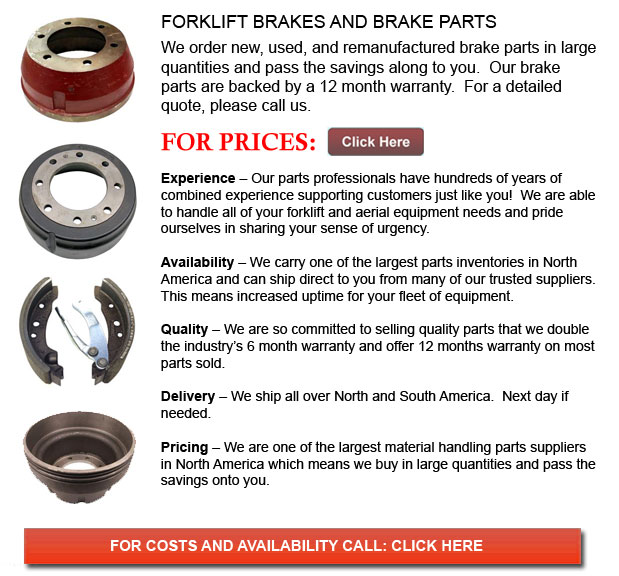
Forklift Brakes - A brake drum is where the friction is provided by the brake pads or brake shoes. The shoes or pads press up against the rotating brake drum. There are some different brake drums types together with particular specific differences. A "break drum" would generally refer to whenever either pads or shoes press onto the inner surface of the drum. A "clasp brake" is the term used to be able to describe whenever shoes press next to the outside of the drum. Another type of brake, known as a "band brake" makes use of a flexible band or belt to wrap around the exterior of the drum. Where the drum is pinched in between two shoes, it can be known as a "pinch brake drum." Similar to a conventional disc brake, these kinds of brakes are quite uncommon.
Early brake drums, before 1955, required to be consistently adjusted to be able to compensate for wear of the shoe and drum. "Low pedal" could result if the needed modifications are not performed sufficiently. The vehicle could become hazardous and the brakes can become useless when low pedal is combined with brake fade.
There are a variety of Self Adjusting Brake Systems accessible, and they can be categorized within two main types, RAD and RAI. RAI systems have in-built equipments that avoid the systems to recover whenever the brake is overheating. The most well known RAI makers are Bendix, Lucas, Bosch and AP. The most famous RAD systems comprise AP, Bendix, Ford recovery systems and Volkswagen, VAG.
The self adjusting brake would typically just engage when the vehicle is reversing into a stop. This method of stopping is acceptable for use where all wheels use brake drums. Disc brakes are utilized on the front wheels of motor vehicles today. By operating only in reverse it is less probable that the brakes will be adjusted while hot and the brake drums are expanded. If adjusted while hot, "dragging brakes" could happen, which increases fuel expenditure and accelerates wear. A ratchet mechanism that becomes engaged as the hand brake is set is one more way the self repositioning brakes may function. This means is just suitable in applications where rear brake drums are utilized. When the emergency or parking brake actuator lever goes over a certain amount of travel, the ratchet developments an adjuster screw and the brake shoes move in the direction of the drum.
Situated at the base of the drum sits the manual adjustment knob. It could be adjusted making use of the hole on the opposite side of the wheel. You would have to go underneath the vehicle using a flathead screwdriver. It is really significant to be able to adjust each wheel equally and to move the click wheel correctly because an uneven adjustment may pull the vehicle one side during heavy braking. The most effective way to make sure this tedious job is accomplished carefully is to either raise each and every wheel off the ground and spin it by hand while measuring how much force it takes and feeling if the shoes are dragging, or give every\each and every one the same amount of clicks manually and then perform a road test.
![]() Click to Download the pdf
Click to Download the pdf
Forklift Parts

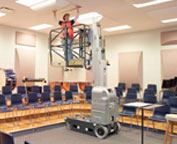
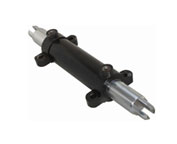
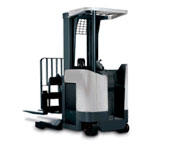
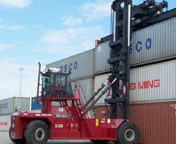
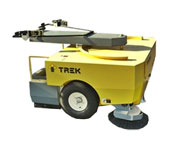
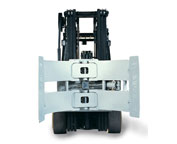
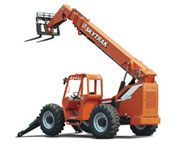
Lift Parts Express
TOLL FREE: 1-888-695-7994
Palm Bay, Florida
forkliftpartspalmbay.com
Email Us
About Us


